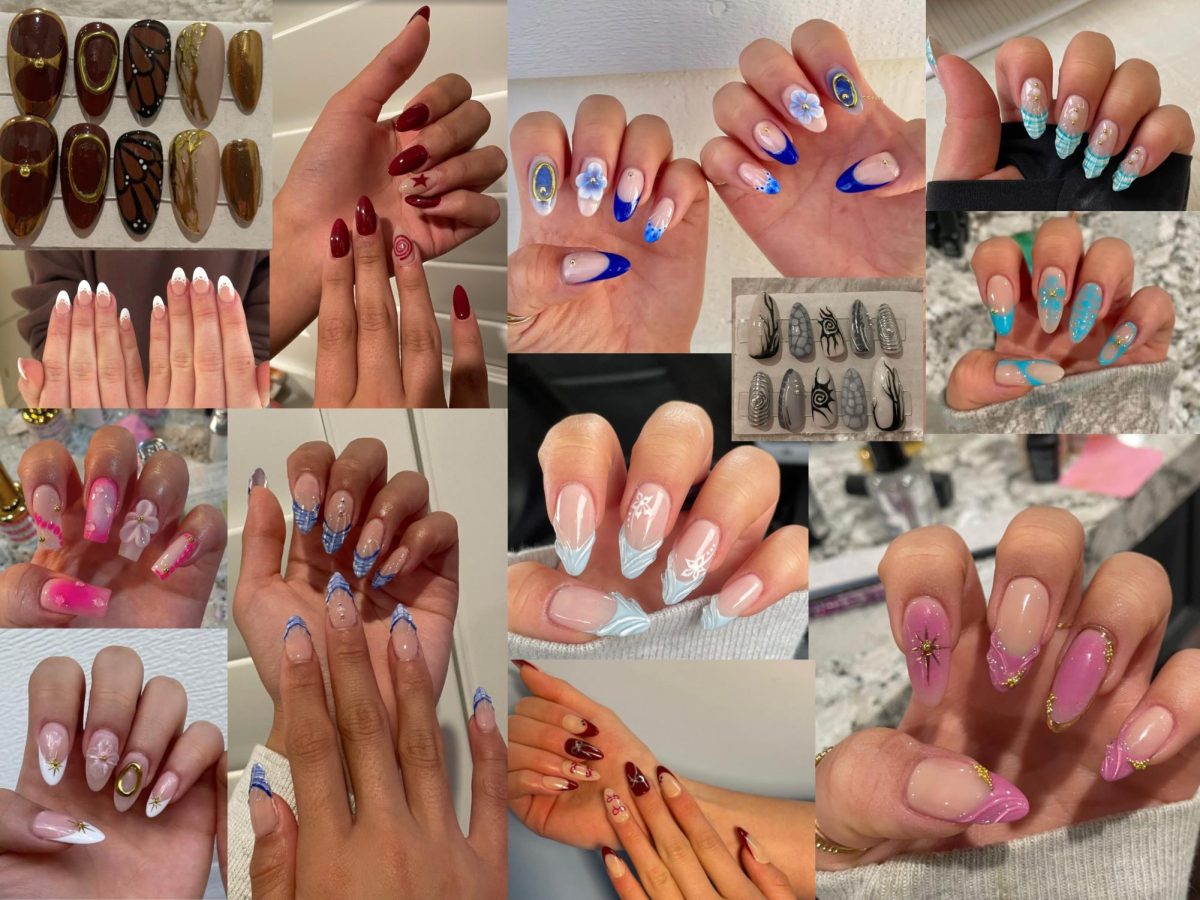My parents love telling me the story of how at age 2 I trained in earnest to become a chef every day. That is, clever little me used the toilet across the hall from my grandma’s room as my choice of cooking pot.
To be abundantly clear, I was playing with only water in the toilet — but when my parents finally made me flush my cooking concoctions down the drain, I must have also flushed away any semblance of culinary capability — because for the rest of my childhood, I loved baking, but (pun intended) stunk at it.
Somewhere between second and third grade, my first major attempt to cook was when I decided to make pasta for my parents, who were returning from work late. Copying how my dad cooked his Sichuan cold noodles, I boiled a pot of water, threw the pasta in and scooped it into a GlassLock container to await the sauce.
To make the sauce, I took two cans of marinara and alfredo sauce from an eye-level cupboard shelf, and — thinking the pasta would warm them up — dumped both straight onto the pasta.
“You yi di’er leng.” It’s a little bit cold, my mom said.
“Ting hao de.” It’s pretty good, my dad said.
Even if I can’t remember what color their faces turned after tasting my pasta, I’m sure the mix of thick and cold alfredo sauce with sour marinara wasn’t anywhere close to “pretty good.” I love my parents for faking appreciation for my effort, but to protect their taste buds from future assault, perhaps they should have put al dent-e in my culinary aspirations at that very moment.
After a string of unsuccessful attempts at baking cookies (they ballooned into scones every time), macarons for my sister’s birthday (they melted into one giant, pink blob) and finding that the only dessert I could make without failure was tiramisu (using pre-made ladyfingers), I was determined to finally master the art of baking the paramount, “effortless” dessert: brownies.
During the first few weeks of quarantine in seventh grade, delighted by the additional time on my hands, I filled our kitchen with the scent — or rather, the fumes — of my daily brownie iterations. The first few always ended up as fluffy as sponge cake. They obstinately ignored my efforts to cut out the leaveners in recipes or mix the batter as little as possible, rising to an abhorringly airy loaf every time.
Then, after exhausting every brownie blog-recipe by “Baking with Betty” or some variation of that blog name, I defaulted to making my own tweaks: less flour, no beating the eggs or sprinkling sugar on top to make a crispy crust. Predictably, the latter choice created a literal brownie from hell — with a scorched crust at least half an inch thick.
Finally, with that inferno-fire brownie, my cooking dreams burned into a crisp.
In most cases, the answer to failure is to try and try again until you succeed, but what I forgot to consider was how my failures were disposed of. Trained since childhood not to throw away food, my parents and my sister desperately tried to eat my pitiful creations. But the sheer volume of uneaten desserts began weighing down each shelf of our fridge, food that no one — not even me, the “baker” — wanted to touch.
And finally, four years later, I’ve managed to pull together a select few, proudly palatable dishes: namely, smoothies, salads, kimchi fried rice and whipped coffee. Now, my cooking skills might have only upgraded to the level of a college student who cooks as a “need” rather than a “want,” but so long as I’m my only patron, anything other than can-fresh pasta or brownies blazed by a bunsen burner is all I can ask for.


























